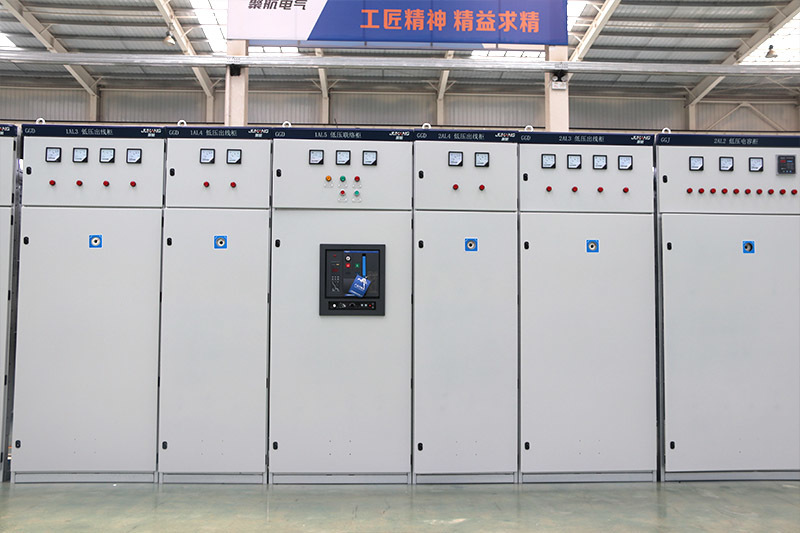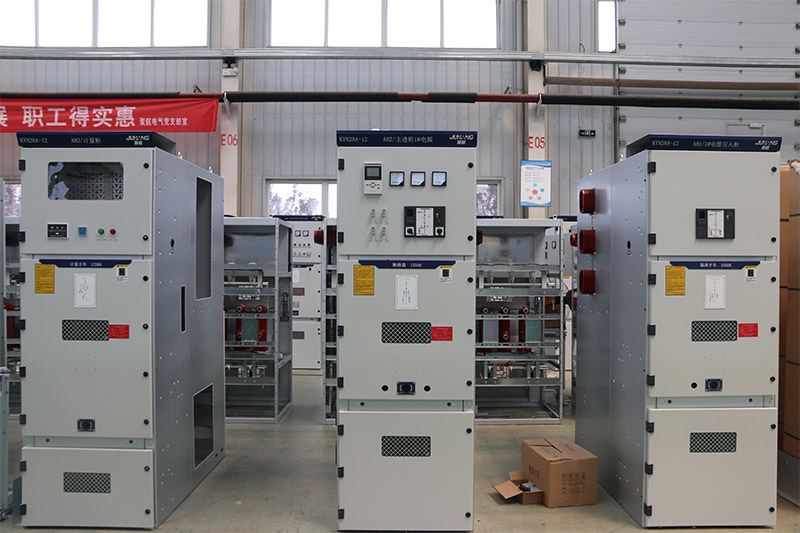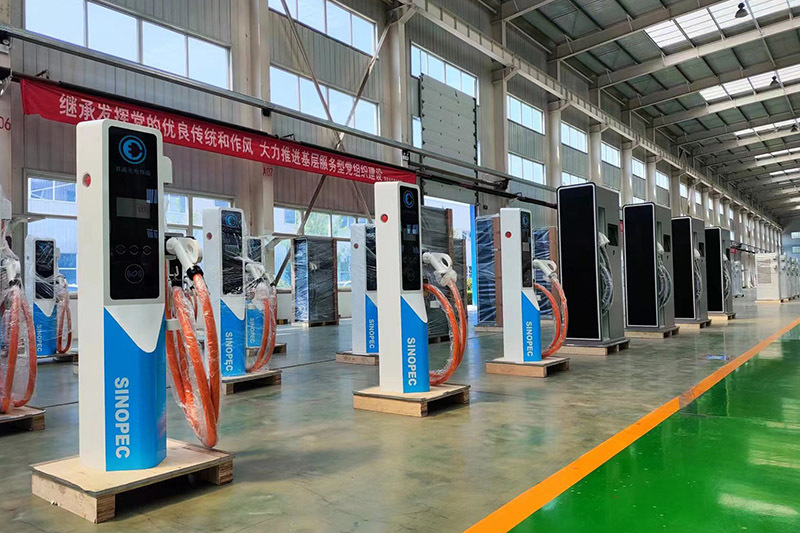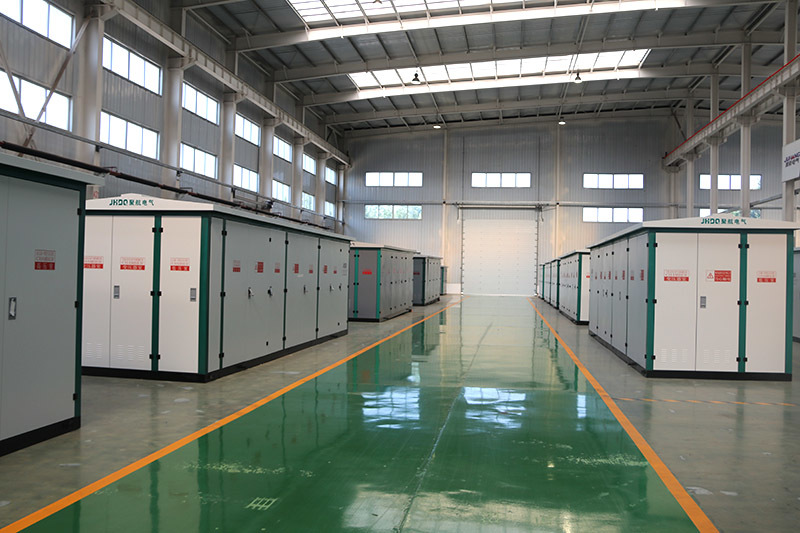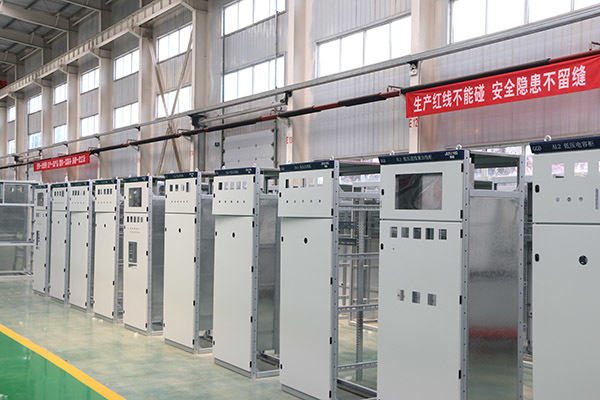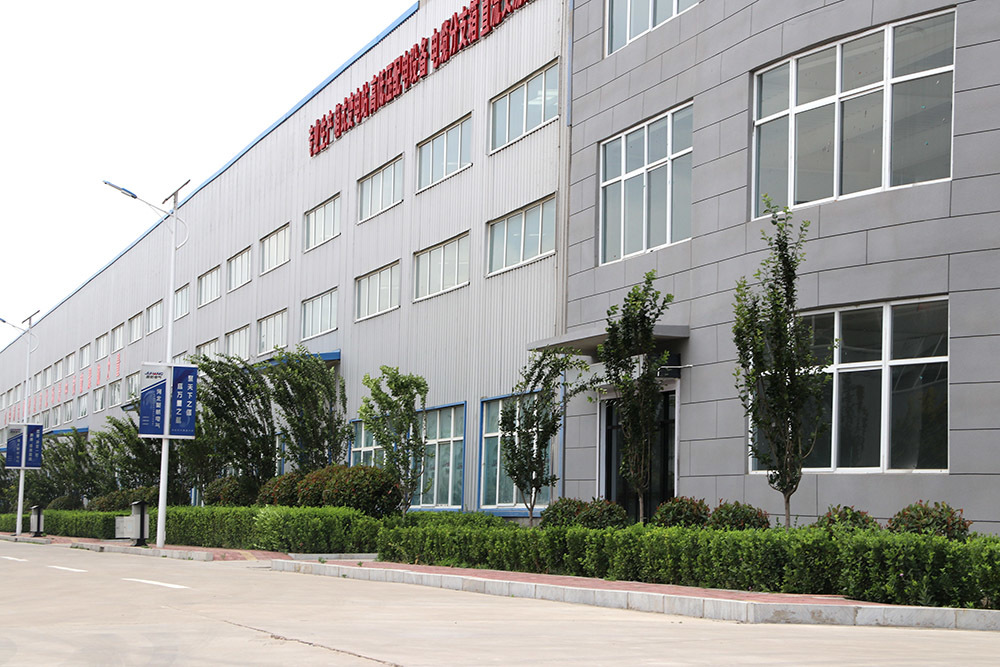What are the storage devices?
Release Time:
Oct 26,2023
Energy storage device refers to the device used to store and release energy. These devices are used in a wide range of fields, including power systems, transportation, renewable energy, and more. In different application scenarios, the types and working principles of energy storage devices are also different. Here are some common energy storage devices.

Energy storage device refers to the device used to store and release energy. These devices are used in a wide range of fields, including power systems, transportation, renewable energy, and more. In different application scenarios, the types and working principles of energy storage devices are also different. Here are some common energy storage devices.
1. Battery
Battery is the most common type of energy storage equipment. They are converted into electricity by chemical energy and can be charged and discharged repeatedly. There are many kinds of batteries, including lead-acid batteries, lithium-ion batteries, nickel-metal hydride batteries, etc. They are widely used in automotive, power tools, and solar and wind energy systems.
2. Supercapacitors
Supercapacitors are devices that can efficiently store electrical energy. They are characterized by high energy density and high power density and can be charged and discharged quickly. Supercapacitors have great advantages in short-term energy storage and transient power applications, and are widely used in power grid peaking, electric vehicles and some electronic equipment.
3. Compressed air energy storage system
Compressed air energy storage systems use electricity to compress air into storage and release it when needed to produce electricity. The system is composed of compressor, expander and gas storage tank. Its advantage is that it can achieve large-scale energy storage, which is suitable for peak load and valley filling of the power system and stable output of renewable energy.
4. Gravity energy storage device
Gravity energy storage device uses gravity potential energy for energy storage and release. At present, the common gravity energy storage equipment includes pumped storage and gravity dam storage system. In a power system, water is pumped high during off-peak hours for storage and then released during peak hours to generate electricity. This approach can provide large-scale, long-period energy storage.
5. Superconducting magnet energy storage
Superconducting magnet energy storage uses the properties of superconducting materials for energy storage and release. Superconducting magnets can store large amounts of electrical energy without energy loss and can be released when needed. This kind of energy storage device has been widely used in scientific research experiments and maglev transportation.
6. Hydrogen energy storage equipment
Hydrogen energy storage devices react hydrogen with oxygen to produce water and release electricity. This energy storage method has the characteristics of non-pollution and high efficiency, and hydrogen can be generated and used by electrolytic water, fuel cells and other ways. Hydrogen energy storage equipment has potential in renewable energy storage.
Energy storage equipment plays an important role in solving the imbalance between energy supply and demand and improving the utilization rate of renewable energy. Different types of energy storage devices are suitable for different scenarios and needs, and each has advantages and disadvantages. With the continuous progress of science and technology, the performance of energy storage equipment will be further improved, making greater contributions to improving energy efficiency and promoting sustainable development.
Keywords:
More information




